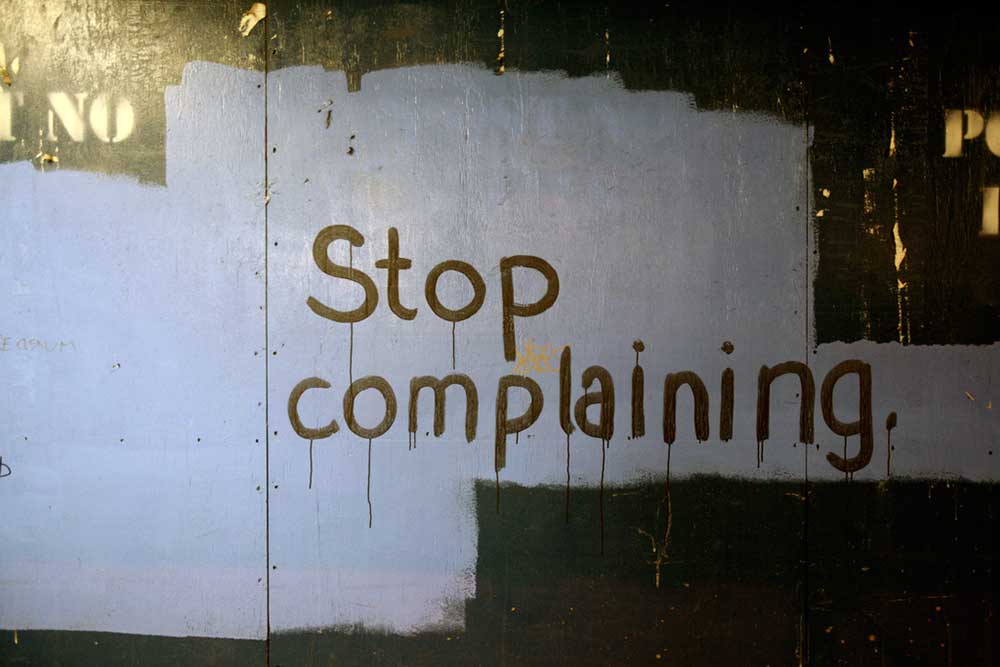What is Culture? Are You Wasting Your Time With Fancy Value Statements?
Value statements don’t make a culture. Ask Enron, whose values were communication, respect, integrity, and excellence. How many companies have you known who have the value of “safety” written fancily on their web site and the walls of their offices, but in reality, have a deplorable safety rating? There’s a big difference between value statements and values. Value statements are what we claim to be. Values are what we actually do. Your culture is not your statements. Your culture is your actions.
So…What is culture? Culture is the “the way things are done around here.” You get an indication of your culture by listening to what people talk about when the boss isn’t in theroom, or how you describe your workplace with your closest friends. If you want to know what you culture is, don’t read the web site or look at the fancy value statements on the wall. Look at who you hire. Look at who you promote and what actions get recognized and rewarded in your organization. Culture is no different than life: How you act will speak so loudly that people won’t hear what you say. Culture isn’t a noun. Culture, like love, is a verb.
Does this mean that developing clear statements of values is a waste of time? No. It’s important to clarify the values and principles that you expect should guide the actions of every employee in your organization. The mistake that most executive teams make is that they think that writing down the values is all it takes. Executives make a huge mistake when they take their senior management team to the mountains and return to “roll out” the “10 Commandments” in a communication strategy from the front of the room.
In reality, clarifying the values is just the beginning of building an aligned, engaged, accountable culture.
Once you get the value statements on the web site and the walls, you have to create the conversation. You have to make noise about the document. Ask questions. Challenge respectfully. Tell the stories. If you haven’t found contradictions in the values and the guiding principles you espouse, you haven’t had deep enough conversations. You haven’t invested enough. You have to turn the statements into actions, and actions into promises. You have to hold people accountable – at every level – for living the values.
It’s okay to be misaligned. That’s human. Don’t be afraid to see the misalignment. While you will want to focus on the positive, and shine a light on actions that demonstrate a support of the values, don’t be afraid to embrace the negative. Invite people, especially your direct reports, to challenge you when they see the misalignment. Having a standard gives you something to aim at.
Are you wasting your time with fancy value statements on the wall? Not if you are committed to getting these off the wall and into the hearts and hands of every employee.
It doesn’t really matter that you understand what culture is. What matters is that your design and deliver one that matters.









